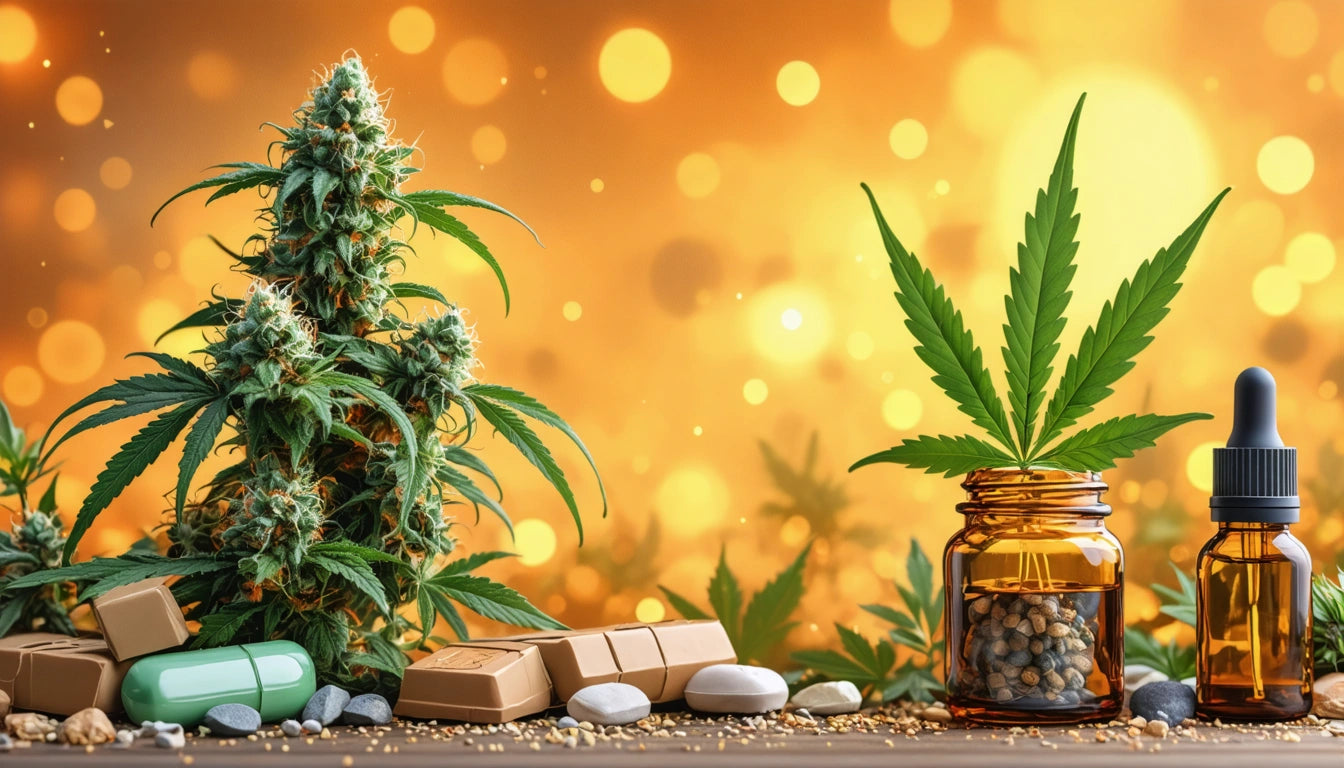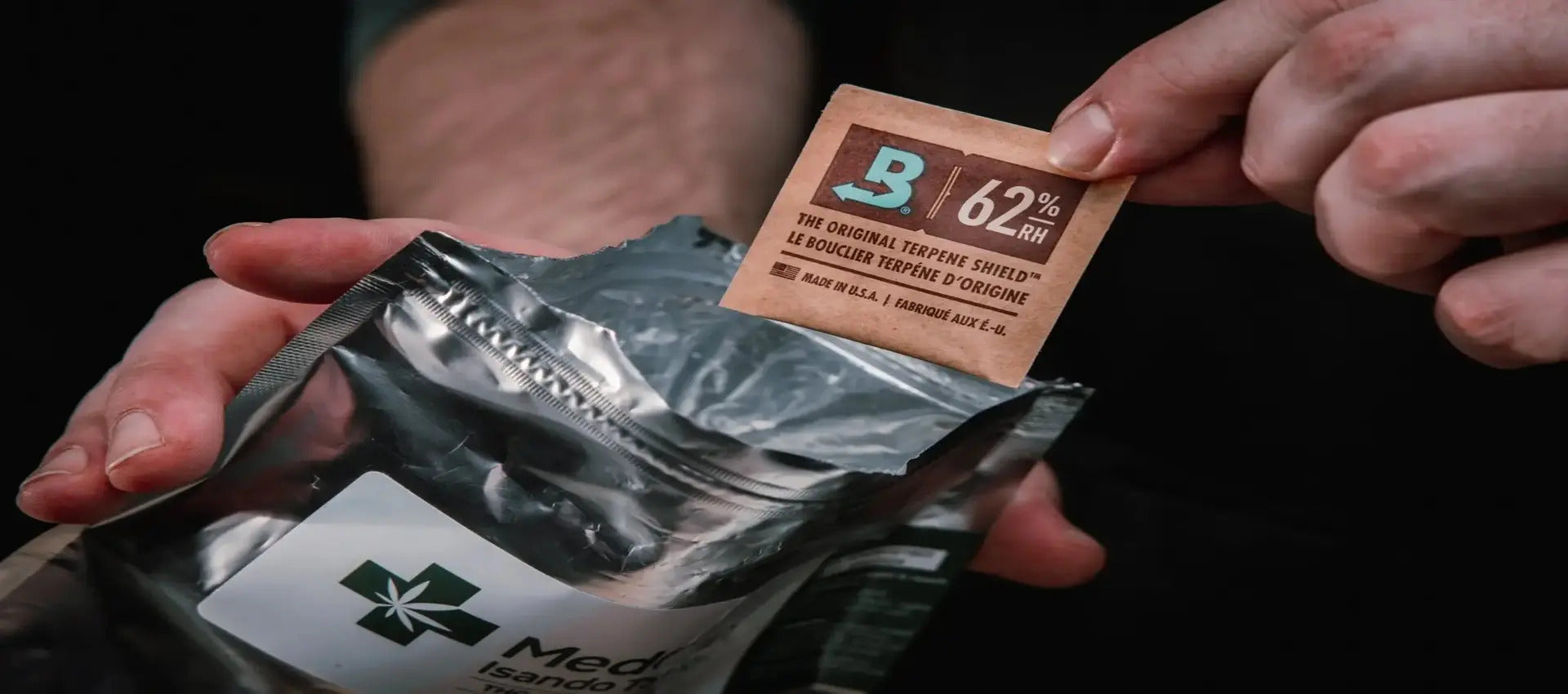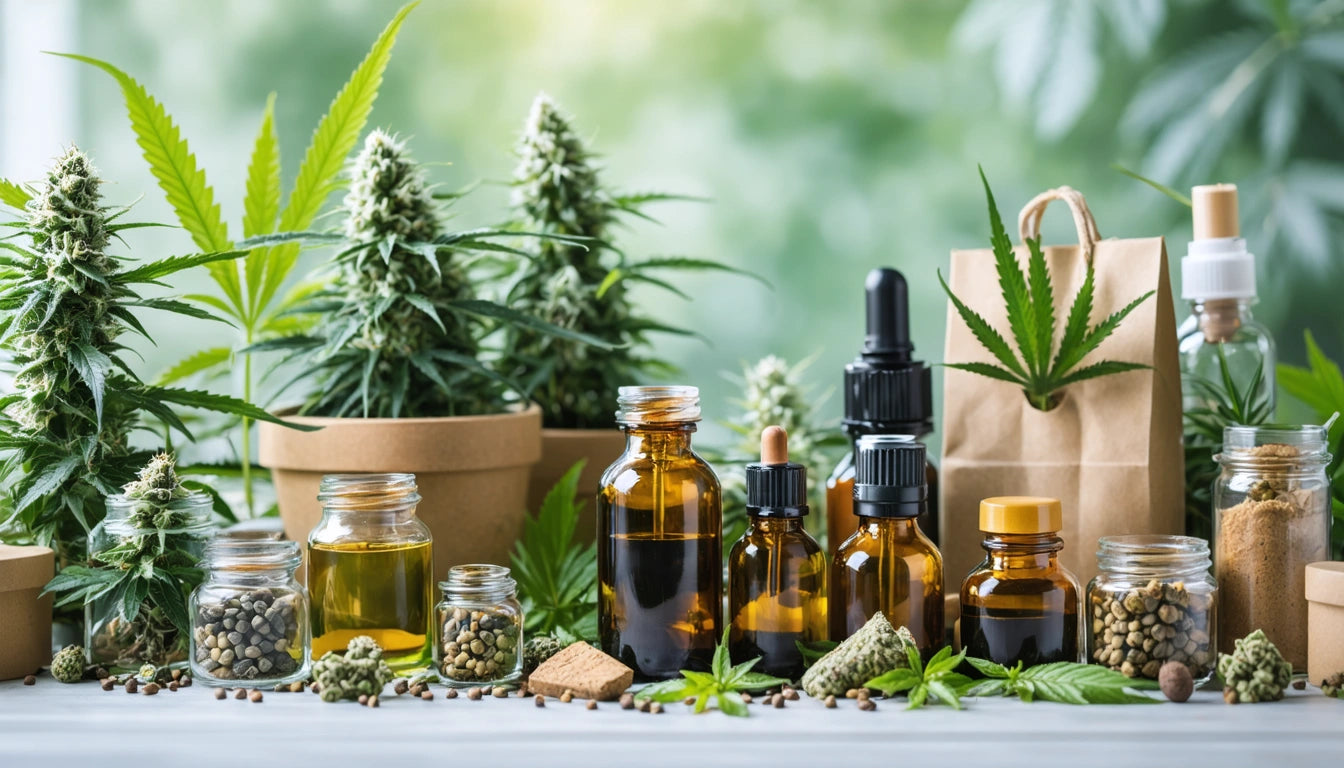Table of Contents
- Understanding Cannabis Degradation: The Chemical Breakdown
- Environmental Factors That Accelerate Degradation
- Packaging Solutions That Preserve Cannabis Quality
- Material Science in Cannabis Packaging
- Humidity Control: The Critical Factor in Preservation
- Future Innovations in Cannabis Preservation Technology
Cannabis flower begins degrading the moment it's harvested. Understanding the science behind this degradation process is essential for producers and retailers who want to deliver the highest quality product to consumers. Proper packaging isn't just about compliance or aesthetics, it's a critical tool in preserving the chemical integrity and sensory qualities that make each strain unique.
Understanding Cannabis Degradation: The Chemical Breakdown
Cannabis degradation is primarily a result of chemical reactions that transform cannabinoids and terpenes into less desirable compounds. THC naturally converts to CBN over time, which significantly alters the psychoactive effects. This conversion accelerates when exposed to oxygen, light, and heat.
Terpenes, the aromatic compounds responsible for cannabis's distinctive flavors and aromas, are even more volatile. According to research, terpenes can begin evaporating at room temperature, with some studies showing losses of up to 30% within just a few weeks of improper storage.
Environmental Factors That Accelerate Degradation
Light Exposure
UV light is particularly damaging to cannabinoids. Studies have shown that exposure to light is the single most significant factor in THC degradation, converting it to CBN at a rate much faster than other factors. This is why transparent packaging, while visually appealing to consumers, can significantly reduce product potency over time.
Oxygen Exposure
Oxidation processes affect both cannabinoids and terpenes. When cannabis flower comes into contact with oxygen, it triggers chemical reactions that break down these compounds. Odor-proof packaging not only contains the smell but also creates an oxygen barrier that slows degradation.
Temperature Fluctuations
Heat accelerates nearly all chemical reactions involved in cannabis degradation. Every 10 °C increase in temperature can double the rate of THC degradation. Cold temperatures slow degradation but can cause trichomes to become brittle and break off if the flower is handled roughly.
Humidity Issues
Both excessive humidity and extreme dryness can damage cannabis flower. High humidity (above 65%) risks mold growth, while low humidity (below 55%) causes terpenes to evaporate and trichomes to become brittle. The ideal range is typically between 58-62% relative humidity.
Packaging Solutions That Preserve Cannabis Quality
The right packaging creates a controlled microenvironment that shields cannabis from degradation factors. Glass jars and mylar bags offer different advantages, with glass providing an absolute oxygen barrier and mylar offering better light protection when opaque.
Innovations like modified atmosphere packaging, which replaces oxygen with nitrogen during the sealing process, can extend shelf life significantly. Similarly, reclosable packaging designs help maintain freshness after the initial opening.
Material Science in Cannabis Packaging
Barrier Properties
Different materials offer varying levels of protection against environmental factors:
- Glass: Excellent oxygen barrier, poor light barrier unless tinted
- Mylar: Good oxygen barrier, excellent light barrier when opaque
- Metal: Excellent for all barriers but typically more expensive
- Biodegradable plastics: Variable barrier properties, improving with new technologies
When comparing rigid versus flexible packaging, each offers distinct preservation benefits. Rigid containers provide better physical protection, while flexible packaging can incorporate more sophisticated barrier technologies.
Humidity Control: The Critical Factor in Preservation
Maintaining optimal humidity levels is perhaps the most crucial aspect of cannabis preservation. Two-way humidity control systems have revolutionized cannabis storage by automatically adding or removing moisture to maintain ideal relative humidity.
Using humidity control packs in your packaging can extend cannabis shelf life by months, preserving terpene profiles and preventing both mold growth and excessive drying. These systems work continuously to maintain the perfect environment, even as external conditions change.
Research shows that cannabis stored with proper humidity control retains up to 95% of its original terpene profile after six months, compared to just 40% retention in uncontrolled environments. This makes humidity regulation one of the most cost-effective preservation strategies available to cannabis businesses.
Future Innovations in Cannabis Preservation Technology
The cannabis packaging industry continues to evolve with new technologies that extend product shelf life. Emerging innovations include:
- Active packaging with oxygen scavengers that chemically remove oxygen from the container
- Smart packaging with color-changing indicators that show humidity or freshness levels
- Nanotechnology coatings that provide superior barrier properties while remaining sustainable and recyclable
- QR code systems that allow consumers to verify product freshness and storage history
As consumer expectations evolve, packaging that extends shelf life while maintaining product quality will become increasingly important in brand differentiation and retail success.
Understanding the science of cannabis degradation allows producers to make informed packaging choices that preserve the quality of their products from production to consumption. With proper packaging strategies, cannabis businesses can ensure customers experience their products exactly as intended, regardless of how long they've been on the shelf.











Leave a comment
All comments are moderated before being published.
This site is protected by hCaptcha and the hCaptcha Privacy Policy and Terms of Service apply.